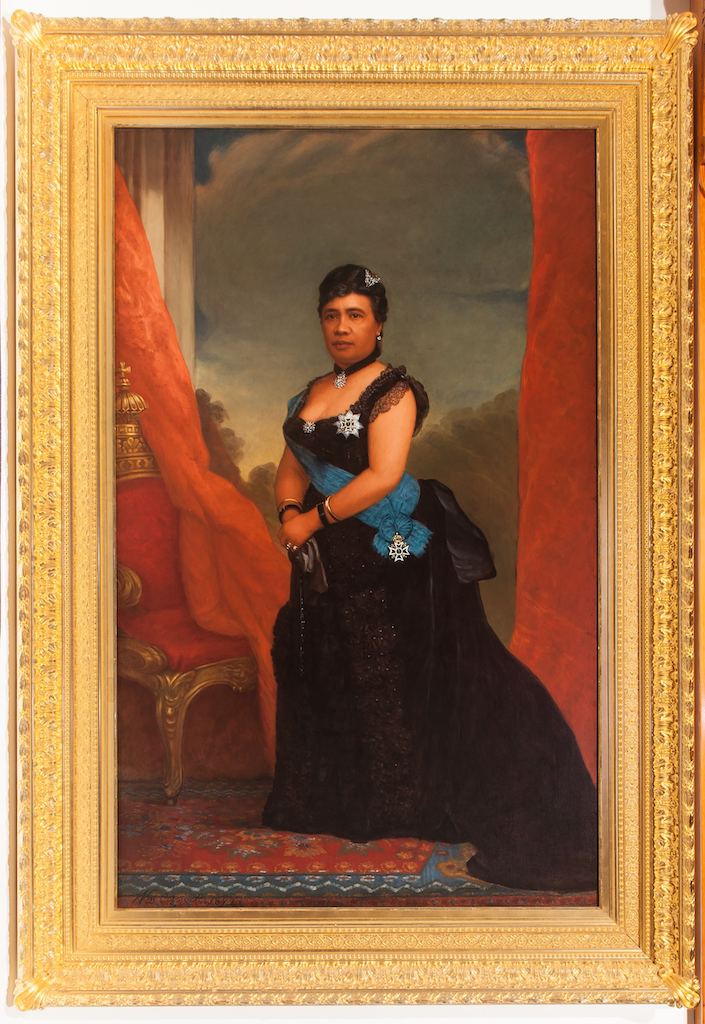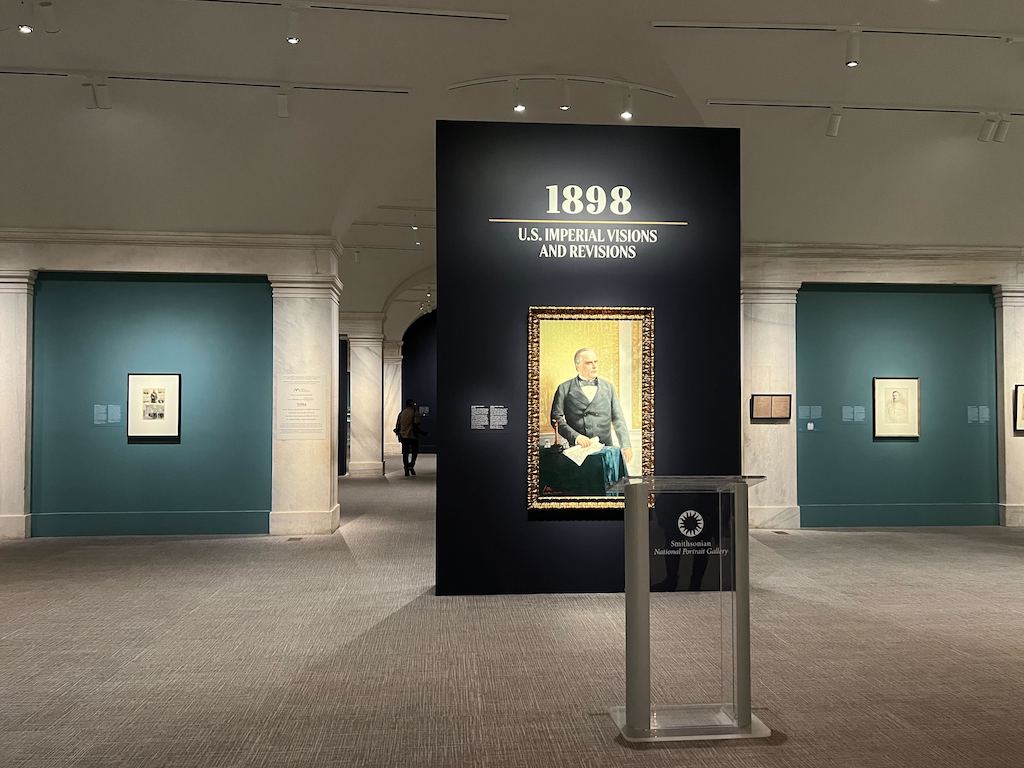WASHINGTON – When Taìna Caragol, the National Portrait Gallery’s curator of painting, sculpture and Latino art and history, first walked through room after room of some 23,000 portraits, the lack of Latino representation was obvious to her.
“The invisibility is structural. It’s not just the lack of portraits. The historical junctures that broaden those populations have not been explained,” Caragol told Capital News Service.
On Friday, the Smithsonian Institution’s National Portrait Gallery unveiled its first major exhibition dedicated to the year 1898.
Titled “1898: U.S. Imperial Visions and Revisions,” the exhibit recognizes the 125th anniversary of three historical events: the War of 1898, the Philippine-American War (1899-1913) and the 1898 Congressional joint resolution to annex Hawaii.
The exhibition explores the pivotal period when the United States emerged as a world power, a time of global expansion that was celebrated by many Americans and vigorously opposed by others.
Having known each other for eight years, Caragol and Kate Clarke Lemay, the gallery’s acting senior historian, teamed up to combine Lemay’s knowledge of military history with Caragol’s academic training in Latino and Latin American art.
Caragol, who is Puerto Rican, said that 1898 is a common topic of discussion on the island. But the year and its conflicts are seldom brought up on the United States mainland.
“We’re historians, we’re just putting this information out there for people and we just hope that they think about it, and take something away from it,” Lemay said.
Assembling exhibitions usually takes two or three years, Caragol said. The 1898 exhibition took six.
“It was absolutely necessary, because it was such a complex history,” she said.
Visitors walk through the exhibit and approach sections dedicated to each region, beginning with Cuba, Hawaii, Puerto Rico, then Guam and the Philippines.
The exhibit features descriptions in both English and Spanish. Physical PDFs and QR codes are placed around the exhibit to translate descriptions into three other languages: Chamoru, Filipino and ʻŌlelo Hawai‘i.
There are 94 artifacts and 54 portraits, 52% of which are non-Europeans.

The largest portrait features the last reigning monarch of Hawaii, Queen Liliuokalani, painted by William Cogswell.
Until now, the nearly 10-foot portrait had never left the islands. For more than 30 years, the portrait was hung on the walls of the ‘Iolani Palace.
To transport the portrait, a durable crate was built and shipped to Hawaii. Los Angeles art handlers shipped the royal portrait directly to Washington. A cross country journey was completed nonstop in special, climate-controlled conditions.
“We were all just really, really excited for this loan to get to us,” Lemay said.
Caragol and Lemay did not always go to such lengths to find artifacts.
“I actually bought this on eBay,” Lemay said about a patriotic Spanish-American War fan featured in the “Consumer Culture” section of the exhibition. “Six years ago, Taina and I just started to look for stuff. Sometimes what you do is just keep an eye on what’s up in the market.”
The “Consumer Culture” section also includes American board games that promoted the war in 1898.
In “The Game of Naval War,” players moved their vessels around to acquire islands, raising their American flags as a ritual of ownership.
“There is a legacy to the history that continues today,” Caragol said.
As of 2021, the United States has over 750 military bases in 80 countries across the world, the Quincy Institute for Responsible Statecraft reported. The military bases still exist in the countries and territories explored in this exhibit: Cuba, Guam, the Philippines and Puerto Rico.
“We want to bring about a broader consciousness that the United States is not just what lies inside the continent,” Caragol said. “It’s important to look at those lands that it has claimed overseas. The process has had an impact in the demographics of this country, in the domestic and foreign policy, and in the military policy.”
“1898: U.S. Imperial Visions and Revisions” opened April 28 and runs until Feb. 25, 2024.


You must be logged in to post a comment.